During the Lao Cai trip, apart from the stunning natural views of Sapa, visitors will have the opportunity to explore a special place called Hoang A Tuong Palace (also known as the Palace of the King of the Hmong People) in Bac Ha District. This place has a unique design and a rich history, making it a popular attraction near Sapa for tourists. You'll get to see a remarkable architectural masterpiece with significant historical importance. It's something the people of Bac Ha take great pride in, and it's one of the well-known tourist spots in Lao Cai Province.
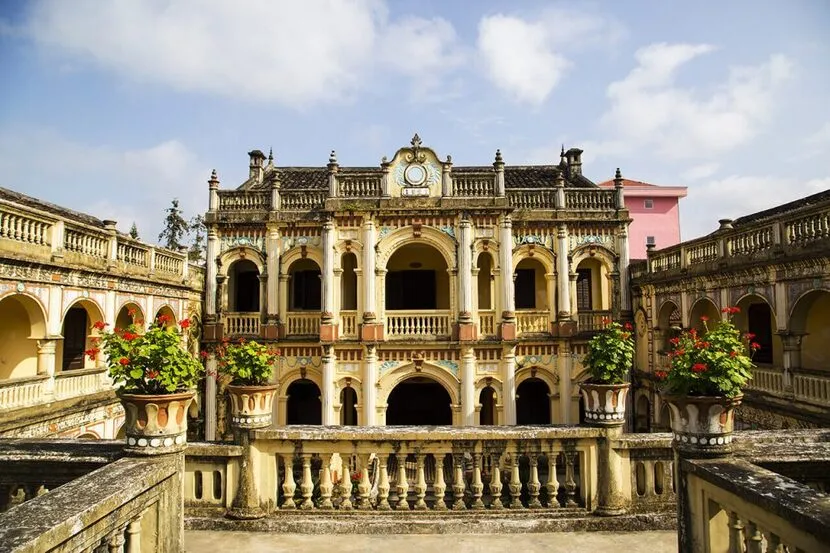
Hoang A Tuong Palace, one of the popular attractions in Lao Cai, Vietnam
The first owners of the palace were Mr. Hoang Yen Tchao and his son Hoang A Tuong. After more than 100 years of existence, the palace still remains as a proud and majestic appearance attracting the gazes of tourists from all of the corners.
The construction took 7 years to build, from 1914 to 1921. People tell that Mr. Hoang did have a foreign feng shui master for help in finding a proper location for his palace. Eventually, they selected a plot of land over 10,000 square metres in the southeast. The land fulfils all the requirements of Chinese feng shui, with cliffs at the back and sides, a stream in front, and from a distance is a mountain resembling a mother holding her baby. This land, known as "leaning against the mountain and giving a view of the water," is believed to bring eternal glory to future generations. Even after more than 100 years, the palace still looks grand and impressive.
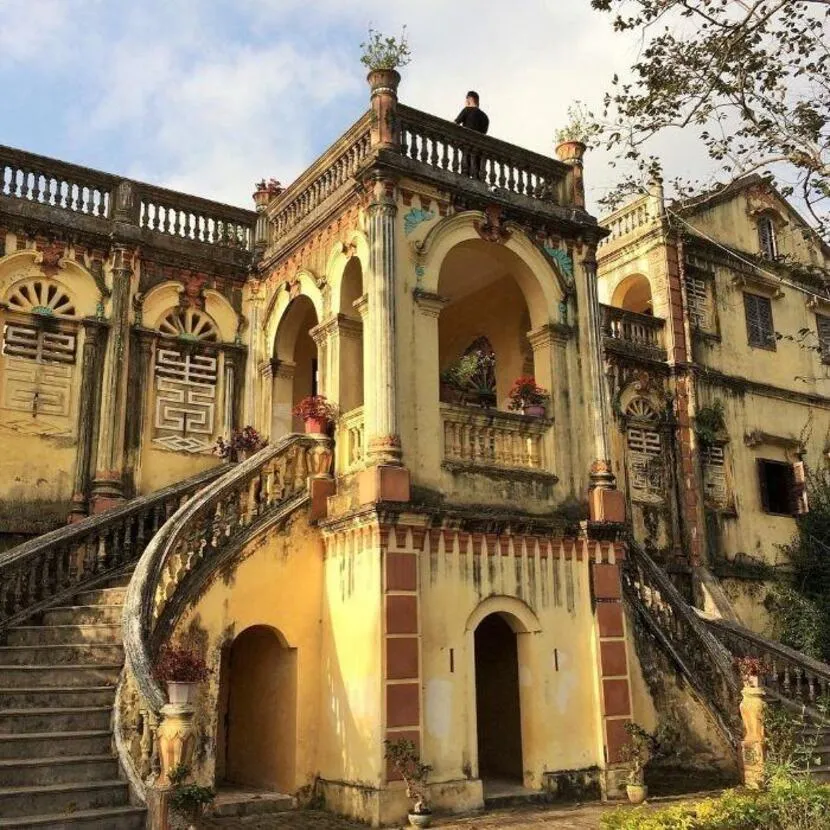
After more than 100 years of existence, the Hoang A Tuong palace still remains its majestic appearance
Hoang A Tuong palace in Bac Ha is not just important to the local people, but it has also become a popular tourist spot in Lao Cai province. Visitors shouldn't miss the chance to see it when exploring the northwest region.
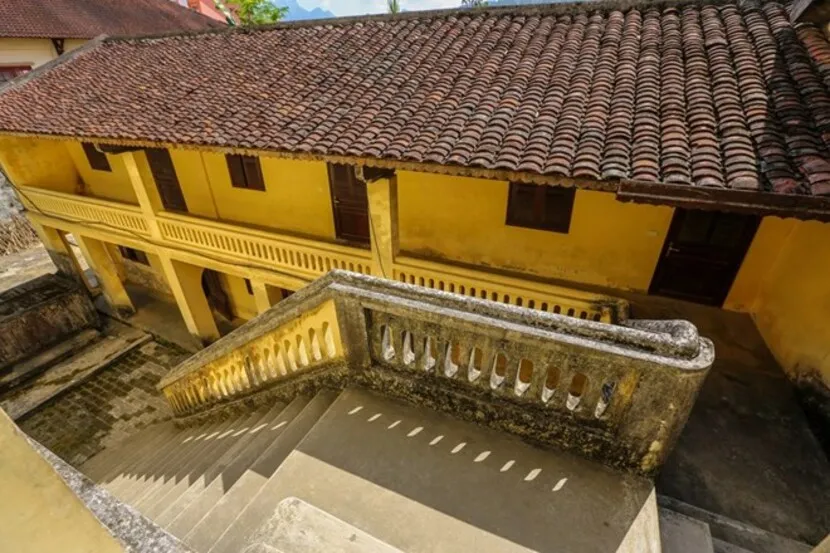
Discover the unique architecture of Hoang A Tuong palace
The palace used to play the rold of residence, as well as a workplace and even a fortress. The entire palace is shaped like an enclosed rectangle and covers an area of 4,000 m². It is protected by fences all around. The walls have openings on all four sides. To get inside, you need to climb two stairs that lead to a big courtyard where people used to perform the traditional Hmong dance called Xoe to entertain the king.
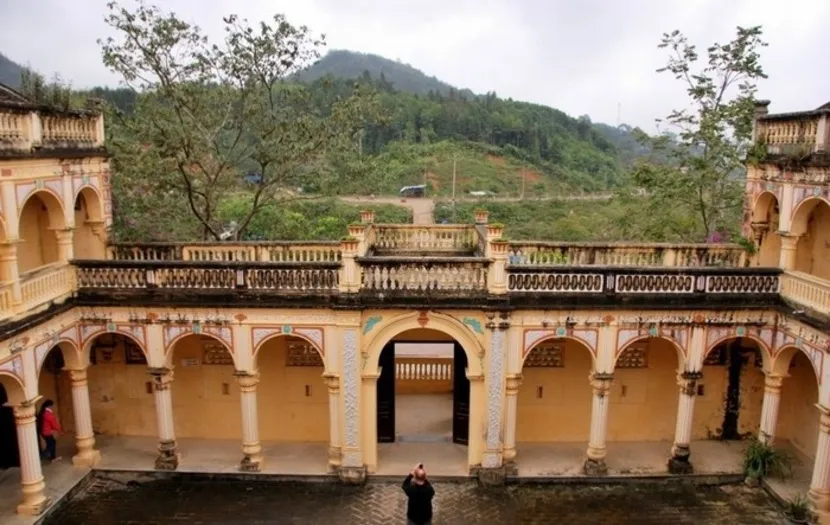
The front courtyard of the palace
The mansion has three buildings. The main building is in the middle, and there are two auxiliary buildings on the right and left sides. The mansion's doors are curved and divided into sections at the top and bottom, which makes them irregular but well-balanced.
The main house has two floors and includes a living room, a common room, and some private rooms for the king's wives and children. On the upper floor, there is the king's bedroom, which has a large balcony. From there, the Hmong king can have a distant view of the mountains and forests of Bac Ha.
The two side buildings are for the guards and servants. They are designed to look easily distinguishable from the owner's building. In particular, there is an emergency exit tunnel located behind the palace.
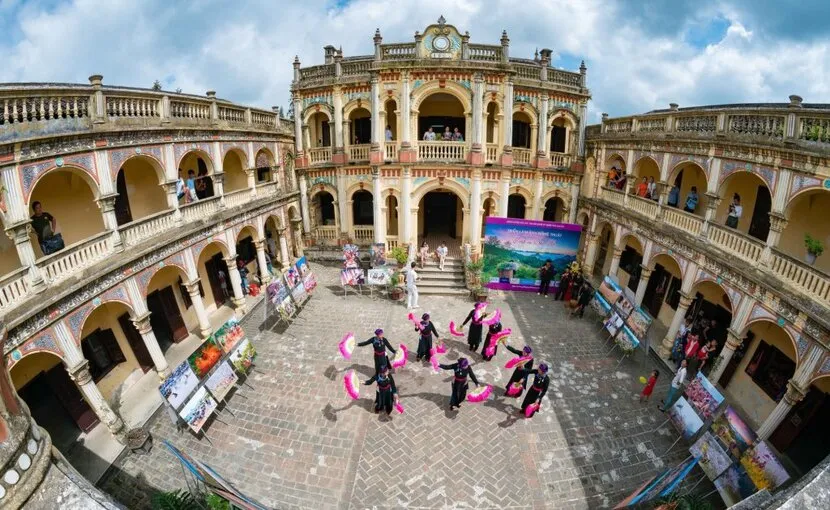
The palace is divided into three buildings
What makes the palace attractive is the unique combination of Asian and European architecture. In reality, it was built by European and Asian architects. When you examine it closely, you are able to notice that the European architecture stands out more, which is reflected in details like the embossed laurel branches on the entrances, the arched balustrades, elegant columns, circular staircases, and tiled corridors. These features are commonly seen in Western classical architecture from the 17th and 18th centuries.
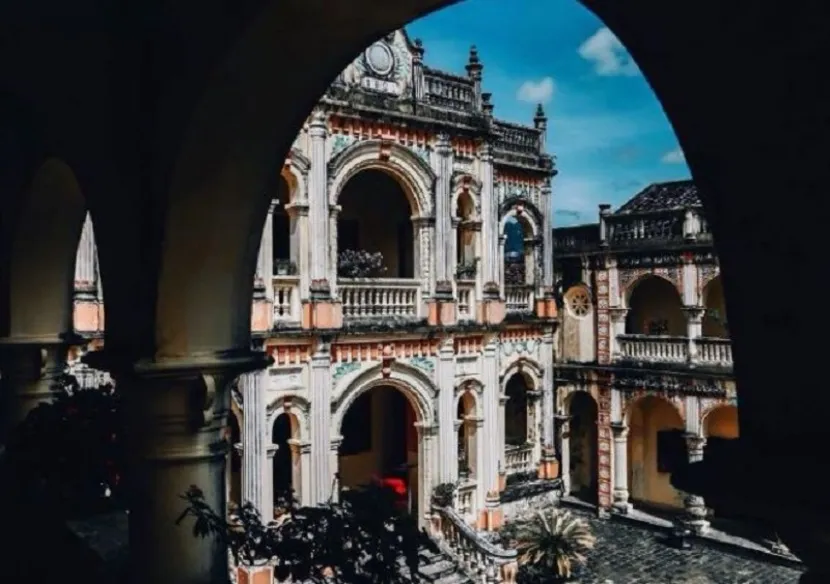
The featured photo of the unique architecture
The materials used to build this palace include limestone, sand, molasses, local beeswax and cement, iron and steel brought from Hanoi to Lao Cai.
The roof of the palace is covered in ceramic tiles made from clay found in the mountains with the help of foreign architects. The floor is made of high-quality wood from the Hoang Lien mountain range.
Despite being over 100 years old, the mansion has remained intact over time thanks to its impressive design and construction.
Today, it has become a popular tourist attraction for both domestic and foreign visitors. Exploring the palace allows visitors to experience the wealth and influence of Hoang A Tuong's family and learn more about the history of Bac Ha.
>> Best 03-day Sapa - Bac Ha Private Guided Tour from Hanoi
To read more interesting information about Northwest Vietnam:
>> 4 Sapa Ethnic Groups and Their Unique Cultural Beauty
>> Exploring Sapa Rice Field | When and Where to See ?








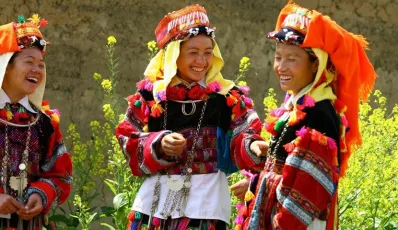
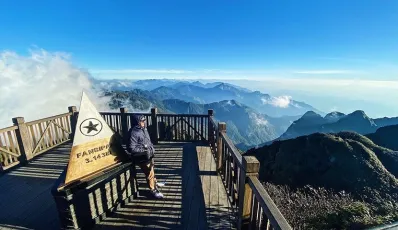

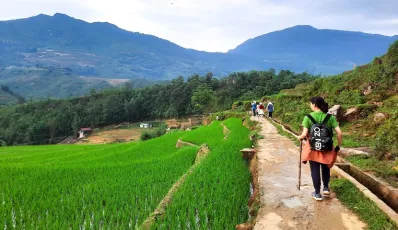
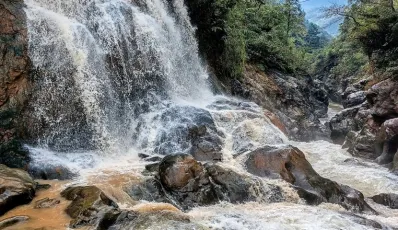
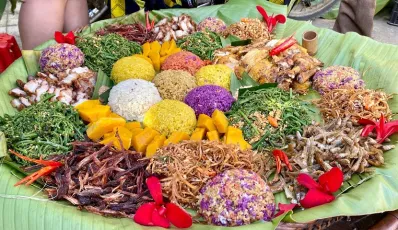
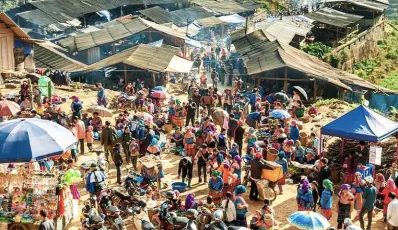
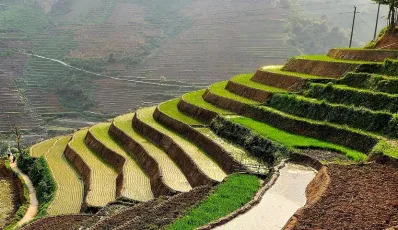
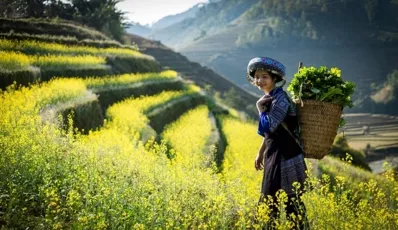




 TRAVELERS' CHOICE 2025
TRAVELERS' CHOICE 2025 


